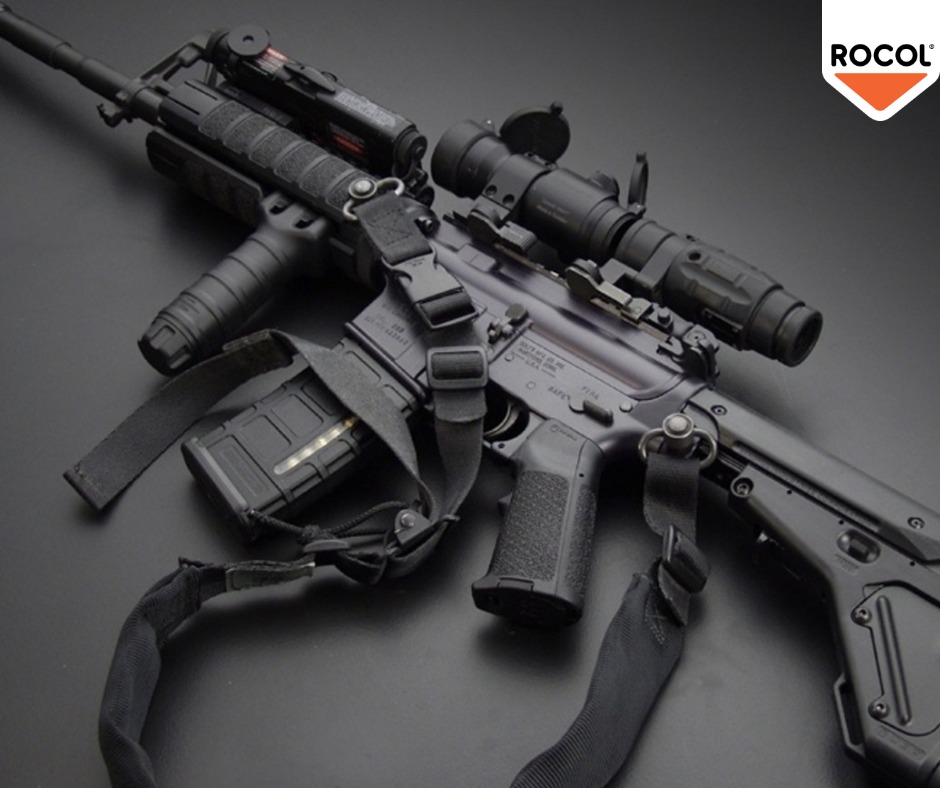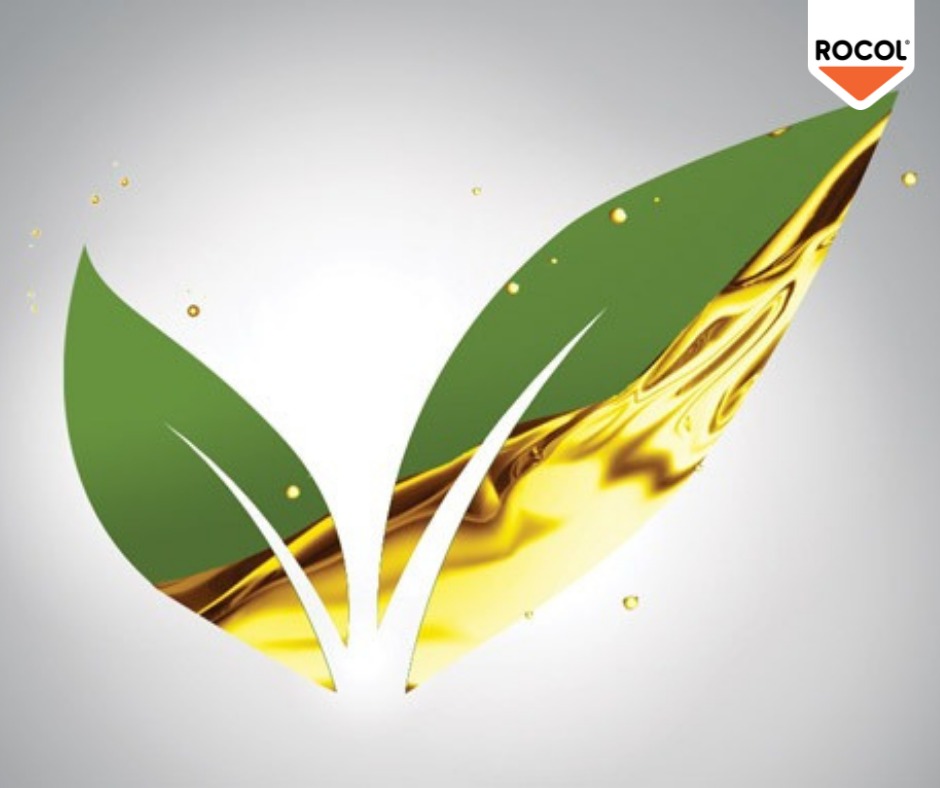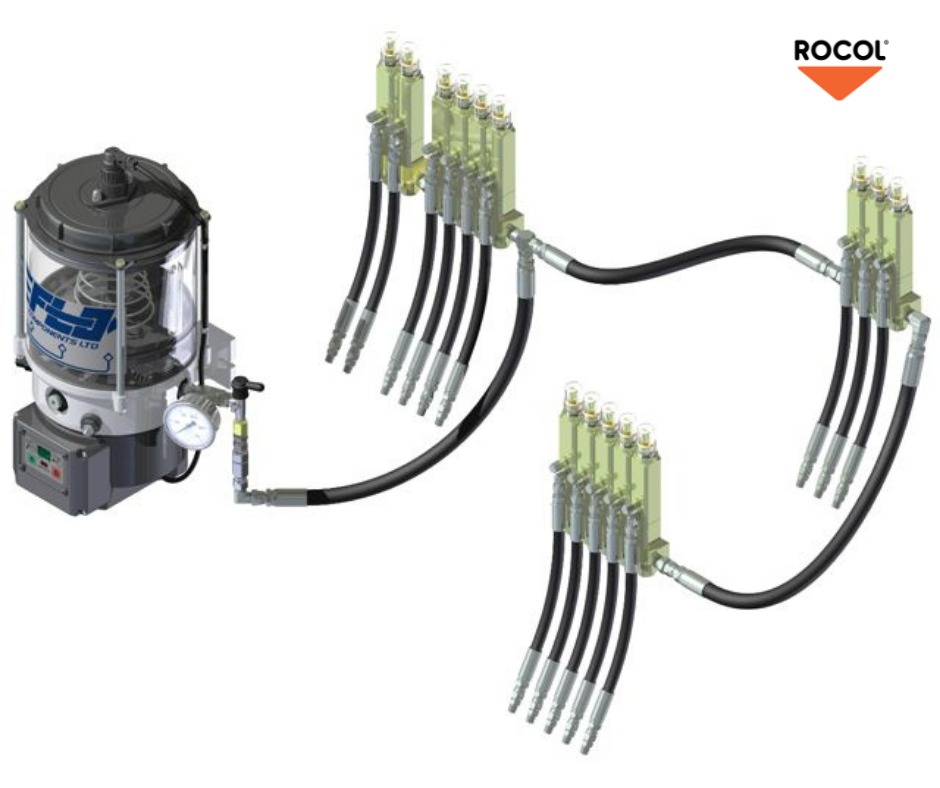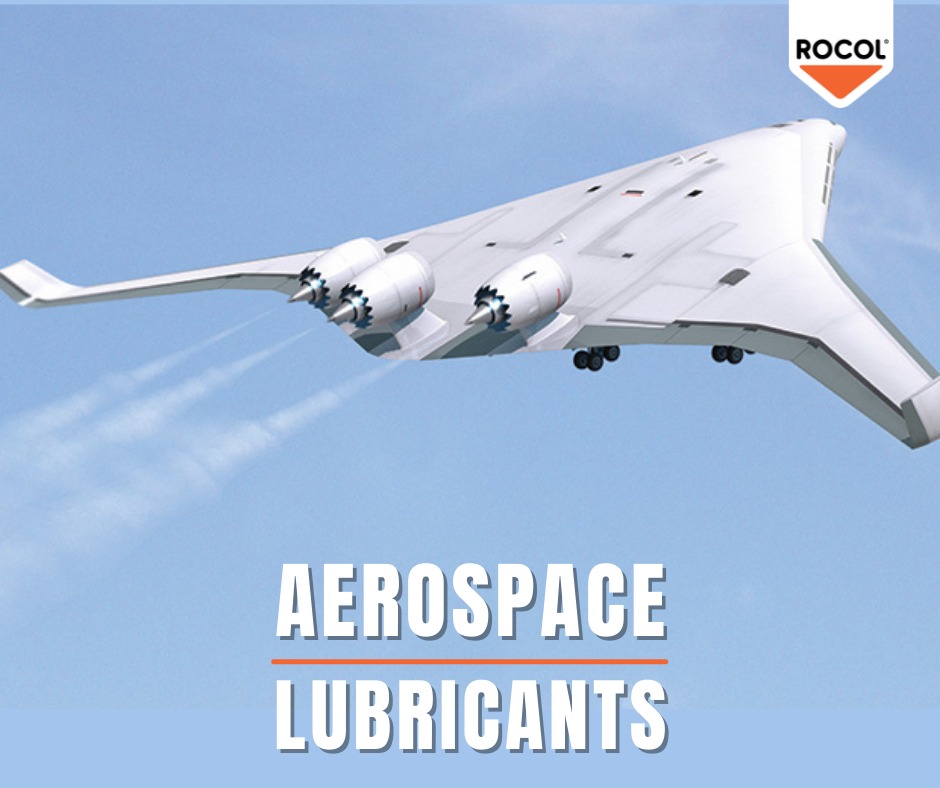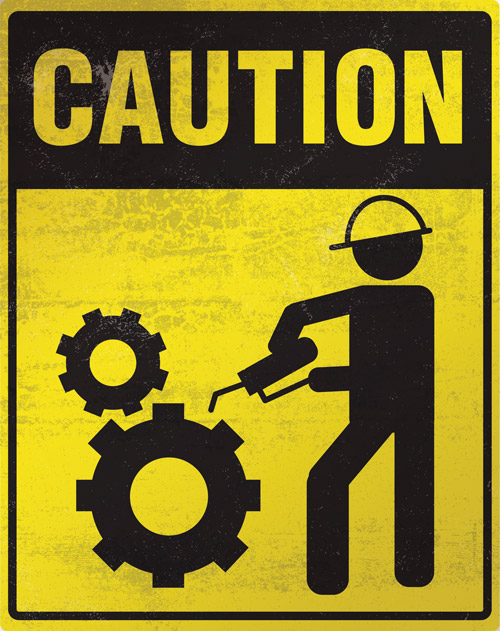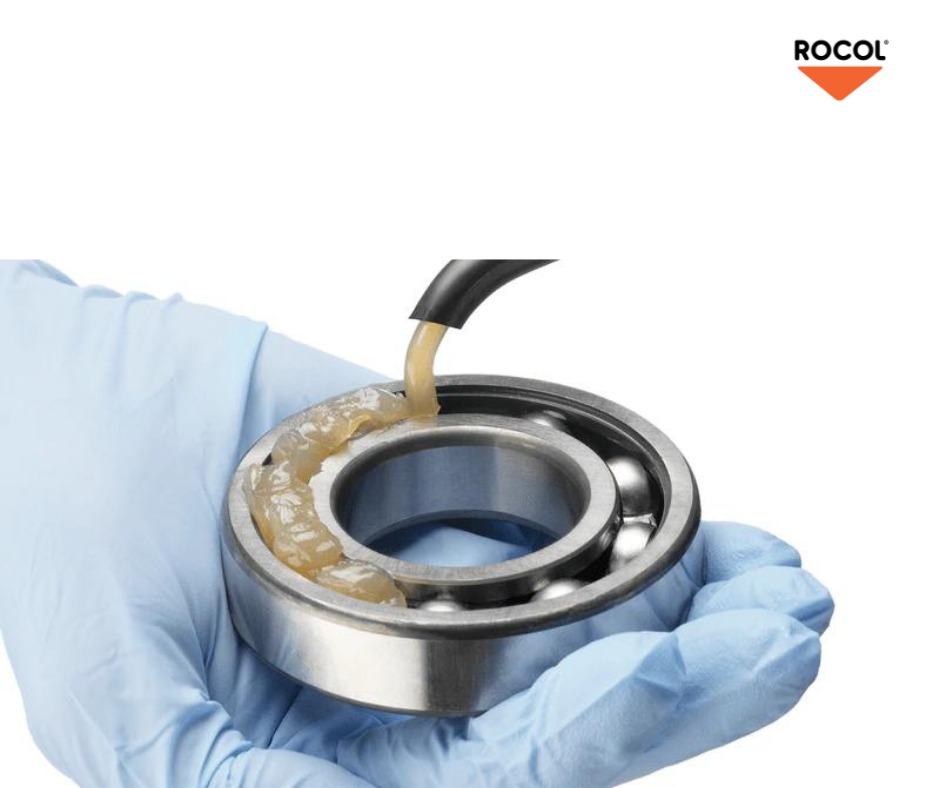- Super User
- General Knowledge
- Hits: 2335
There are a lot of claims made on the cleaners’ and lubricants’ labels, e.g., Silicon formula repels water, slick as silk, Teflon-based, petroleum-pure, won’t burn, removes lead and copper build-up, chosen by Navy SEALs, works in all conditions, dissolves carbon, etc., etc. Most of us read these claims, buy a solvent/cleaner or lubricant that sounds good, and have no clue about what we’re really applying on our guns to protect them against the environment and wear.
we select cleaners and lubricants for weapons mostly based on manufacturers’ claims or cost economy, but there is a better way, and since there is no such thing as one size fits all when it comes to Defence tool cleaners or lubricants, a cleaning agent or lubricant that claims both qualities of cleaning and lubrication, is generally inadequate for either requirement when it comes down to the dynamic attributes demanded by both.
In comparison to lubricants, cleaning agents are, by necessity, generally thin viscosity liquids or sprays that are designed to penetrate with the purpose of dissolving or loosening carbon, lubricant sludge, bore lead, copper build-up, etc. Some cleaning agents also displace moisture and some provide a protective surface coating to prevent rust.
Some cleaning agents are more effective than others, even if the difference in the chemical formulation is subtle and undetectable to the user when it’s applied. Most cleaning agents are not formulated to be firearm-operating-system-specific and are designed for general purpose use on any firearm. Lacking specific attributes is not necessarily bad or good. Rather, it is a market-driven matter of fact.
There are some things to be aware of and avoid when it comes to cleaning agent formulation. When you clean your firearm you’re not just cleaning the surface metal. You need to think about cleaning at a macro, even a micro level. Removing surface sludge and carbon so the bolt and bore shine are indeed important to reliability. However, displacing and removing moisture at the metal’s granular level is equally important.
If you were to view your firearm’s metallic surface under a microscope, you would see its metal structure is granular and is actually composed of tightly compacted metal grains. You would further observe there are microscopic voids between the grains. Machined surfaces look much like a microscopic flagstone patio. The joints between the grains vary, as do the grain size and layout (structure), depending upon the type of metal and the process used to form, harden and temper it. Steel, for example, is more tightly organized (granularly compacted) than aluminum. Billet-machined metal, for example, is granularly different from cast or sintered metal and very different from hammer-forged metal. Chrome and nickel, used as plating, are very tightly grained and oxidation resistant. That’s why they make such an effective anti-wear and preservation surface plating on other, less hard ferrous and non-ferrous metals.
So–when cleaning, the objective is to not only clean the surface metal but the micro-surface. This means you’ll need to have an understanding of the cleaning solution you’re using that goes beyond the manufacturers’ specifications. There are few solvents that have the ability to penetrate at the metal’s granular level and displace water that can ultimately contribute to metal failure. In general, silicon and Teflon-based cleaners and lubricants displace surface water but do not penetrate at the granular level. In fact, they may actually serve to hold moisture in the metal’s granular structure while providing surface water repellency. This is to say that just because you see rain beading off your gun’s metal parts on a rainy day hunt, doesn’t mean your gun is truly protected.
Assuming you’re not a chemist, how do you identify a penetrating cleaner that displaces water at the granular deeper level? Try this experiment the next time your gun gets soaked. Dry it with a clean absorbent cloth. Now spray the metal surfaces and bore with ROCOL ® WD Spray. Place the gun in a muzzle-down position so ROCOL ® WD Spray doesn’t run onto the stock. Wait a few minutes and observe water slowly appear and settle down on the surface of the metal. Wipe it off with a dry cloth. Reapply the WD Spray, and you’ll find no water will form.
Wipe it dry again and this time clean the gun and apply ROCOL ® Weapon Guard 24/36 to the wear points and put a light preservative to the gun’s weather (outer) surfaces. ROCOL ® WD Spray will work fine to protect the weather surfaces. There are other penetrating waters displacing cleaners that will work equally well and additionally dissolve sludge and carbon. Read the formulation fine print between manufacturers and compare the basic tenants of cleaner formulation. Stay away from silicon and Teflon-based formulas for the displacement of granular water.
Assuming you now have properly cleaned your gun, what type of lubrication should you apply and how should it be applied? The short answer is always to apply lubricant liberally to all wear surfaces, springs catches, and hinge pins. Choose a lubricant for the wear points with a viscosity that won’t melt off when your gun is hot or wash off in the rain.
Far too many shooters shoot their weapons in a “dry” condition. They properly clean and lubricate their gun, then wipe the lube off the gun parts before reassembly. That’s a suicidal bad habit if you expect your gun to reliably fire more than the round you have chambered. Granted, there are circumstances where a gun must be maintained in a “dry” condition like a desert and arctic environments. However, there are specifically formulated “dry” lubricants available for use in such extremes that don’t hold grit and ice.
The general rule of thumb is to use plenty of lube on your gun’s moving parts, especially the wear points like slide guide rails, bolt carrier groups, hammer hinge pins, firing pins, ejector mechanisms, recoil springs, and spring rod guides, springs in general, magazine springs and followers, etc. Use a heavy viscosity lube on wear points like guide rails and bolt lugs. Use a light viscosity lube on springs, firing pins, magazine springs, and followers. Use a corrosion preventive on weather surfaces like gun barrels, receivers, top covers, etc.
Never use cleaning solvents or lubricating oil on a wooden stock surface. It can soften the wood finish or even remove it, ruining the stock’s beauty and weather resistance. Applying any cleaner other than soapy water to clean a polymer stock is simply a waste of cleaner.
Finally, in most cases, it is not necessary to clean your gun every time you shoot it unless you’ve shot several hundred rounds, or your gun was exposed to environmental extremes. If you shot your gun on an indoor (even an outdoor) range under ideal conditions and only shot a box or two for practice, you probably don’t need to clean your gun.






